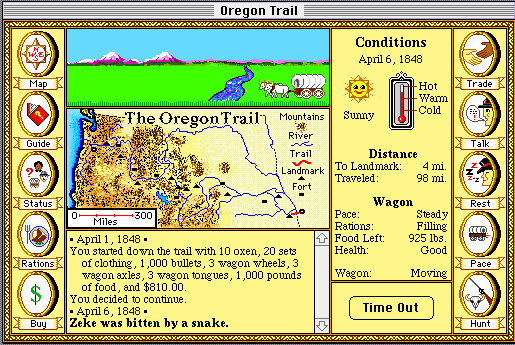
New Blog: Learning to Survive
What doesn’t kill you makes you smarter – is the key concept behind our work on Survival Critical Machine Learning (SCML). It uses Live Learning from the Hawk project in the context of a threat laden mission environment. Live Learning takes data collected from the environment during a mission to train new ML models for deployment during that mission. Our recent paper, Beyond Federated Learning: Survival-Critical Machine Learning, introduces a theoretical SCML model centered around autonomous scouts attempting to complete a mission in a hostile environment. The scout has sufficient capacity to train new machine learning models but starts the mission with limited accuracy in detecting the specific threats it will encounter. It has a limited pool of countermeasures to neutralize threats and a constrained connection to a remote human labeler and cloud AI capability. The SCML model balances the tradeoffs between many factors to maximize the scout’s survival time to end-of-mission. We evaluated the SCML model using the Hawk framework and the publicly available DOTA drone surveillance dataset. Our primary question was whether live learning could improve expected mission completion survival over a pre-trained model.